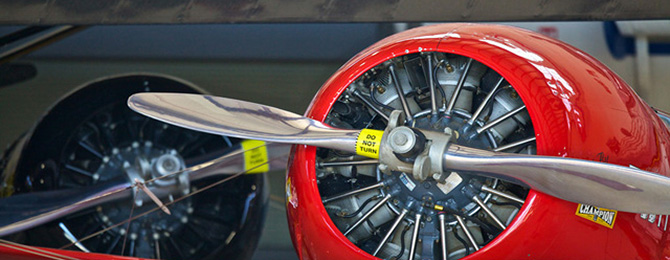
The Golden Age of the ‘20s and ‘30s featured air celebrities—heroes and risk takers—in both human and aircraft form: the great racers, the record-breakers, and the advent of the airlines. Once the Golden Age dawned, there was no LOOKING BACK!!!
Please note: Some aircraft may not always be onsite.
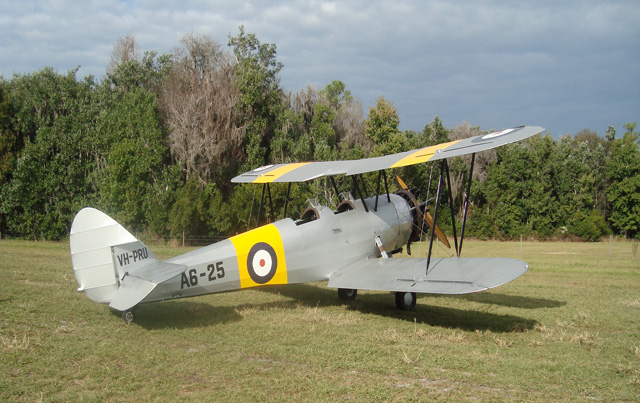
1938 AVRO Cadet
The Cadet evolved from the earlier Avro Prefect and was a smaller version of the Avro Tutor. Production was small with only 105 Cadets built in the mid to late 1930s.
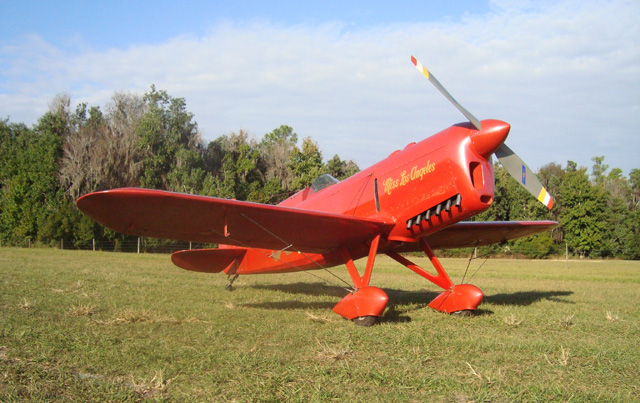
1934 Brown B-2 "Miss Los Angeles"
Following an adventurous early career as a pilot bomber for the Constitutionalists against Pancho Villa in Mexico, Lawrence W. Brown returned to the states and set about making a name for himself as designer of…
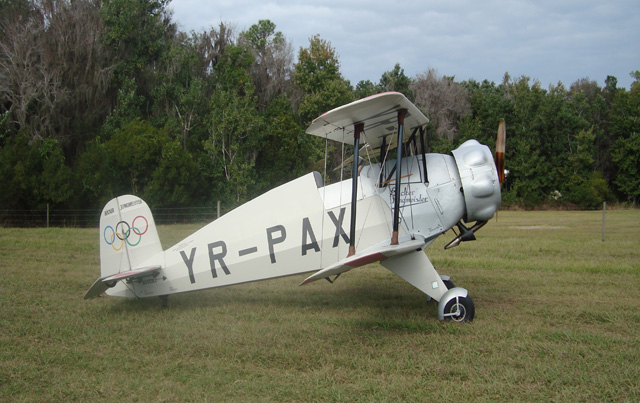
1937 Bücker Jungmeister
Evolving from the Bücker Jungmann, the Jungmeister was designed to be an airshow demonstration aircraft.
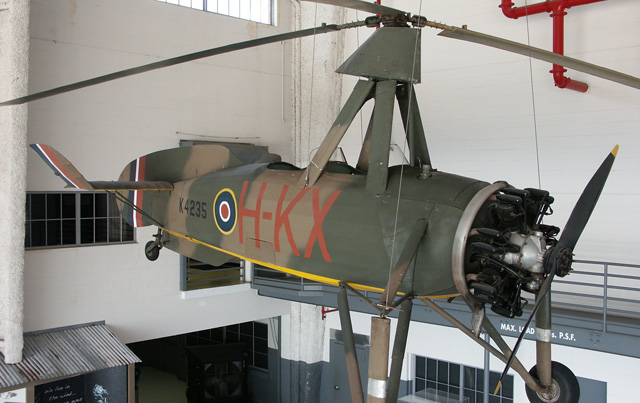
1934 Cierva C.30-A Autogiro
In 1924 Spain, Don Juan de la Cierva produced the first autogiro by affixing a rotor on a pylon and mounting it on a fuselage of a World War I Avro 504 aircraft.
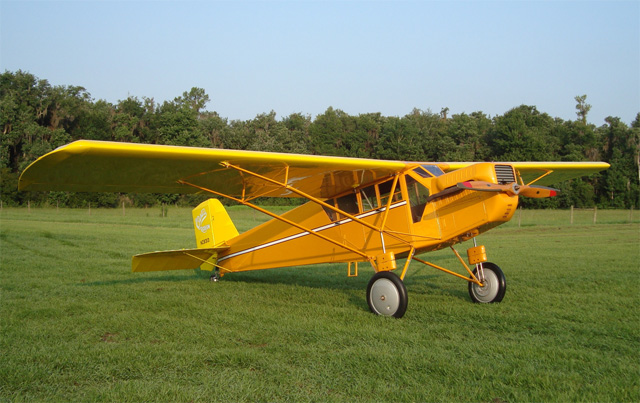
1929 Curtiss Robin
This aircraft looks fairly meek and mild, and in fact, it has been underestimated more than once. Originally designed as an affordable and practical aircraft that made use of then-common, World War I surplus 90hp OX-5 engines, the Robin became a hit with private owners who wanted an enclosed cabin and an easy operation.
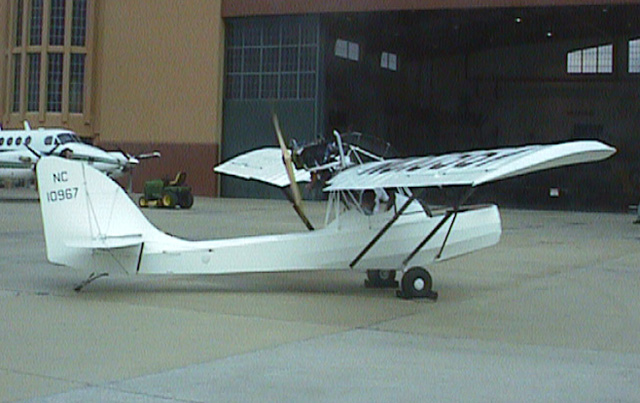
1931 Curtiss-Wright Junior
The first Curtiss Junior flew in 1931 and immediately gained nationwide attention due to its unique design. Initially called the Skeeter, the bathtub appearance of this two-place, very light aircraft made it the subject of…
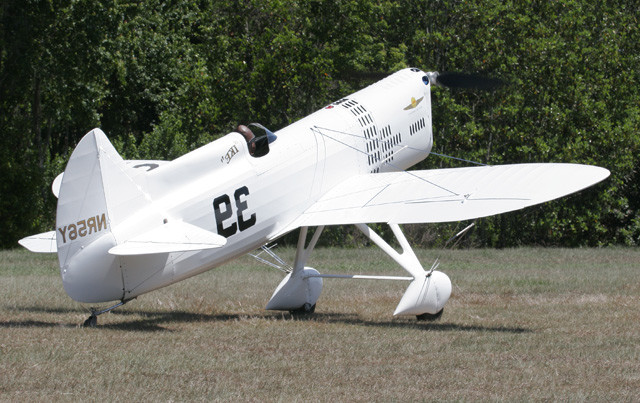
1932 DGA-5 "IKE"
As a young man, Benjamin O’Dell Howard was never one to seek conventional education, so with a how-to-fly book and a second-hand biplane, he experienced his first flight . . . quickly followed by his…
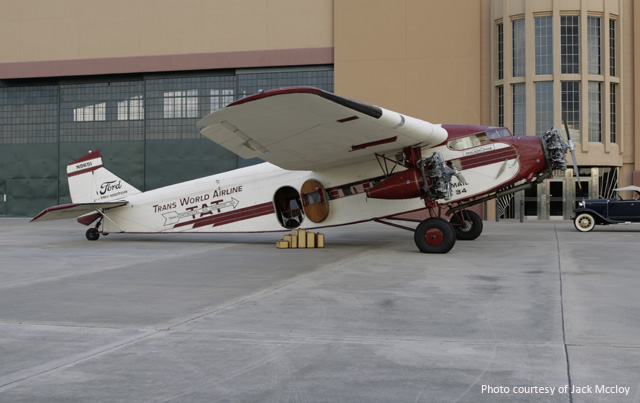
1929 Ford 5AT Tri-Motor
In the mid 1920s, Henry Ford could see aviation had a bright future. Accordingly, he undertook aircraft development and testing. The Tri-Motor was developed from several earlier designs and became America’s first successful airliner.
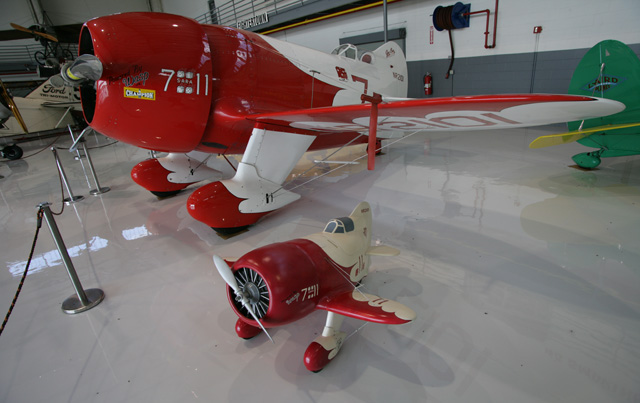
1932 Gee Bee R-2
This Gee Bee Super Sportster R-2 was built and flown by Delmar Benjamin and is a replica of the famed Granville Brothers Gee Bee racer.
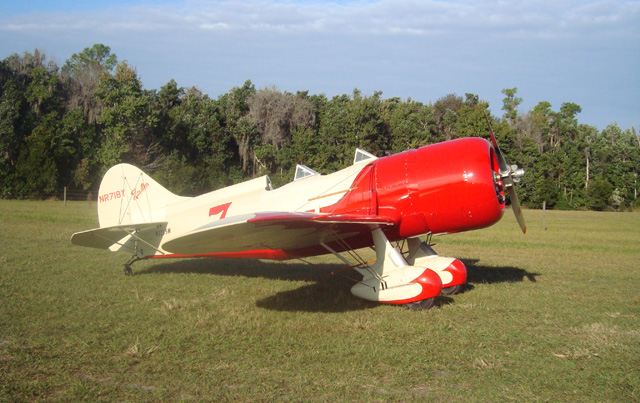
1931 Gee Bee Y Sportster
The Gee Bee Y was slightly larger than earlier Gee Bee racers and was distinctive for having two seats and the front windshield could be removed, with the cockpit faired over for racing.
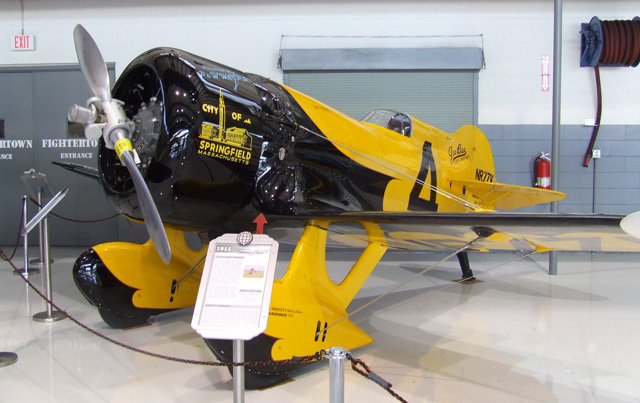
1931 Gee Bee Z
The Great Depression was tough on the aircraft industry, especially the sale of luxuries like the small sport planes the Granville Brothers built in Springfield, Massachusetts.
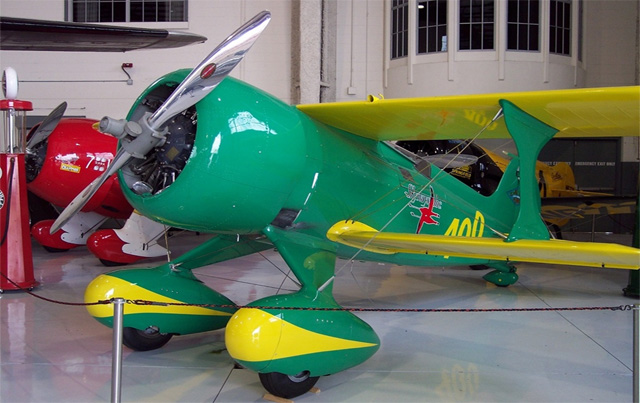
1931 Laird Super Solution
The Super Solution was an evolution of what Matty Laird had learned from competing in the 1930 National Air Races with his racer, the Laird Solution.
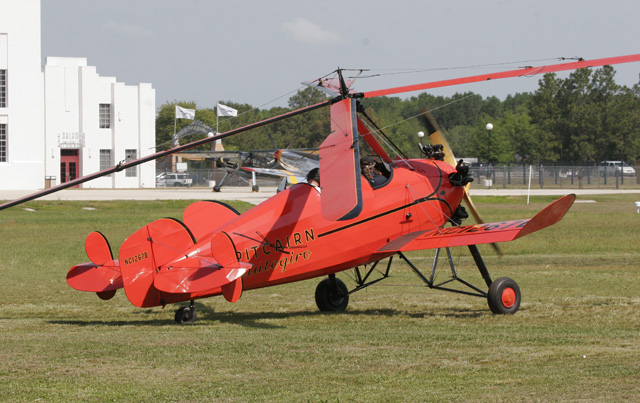
1934 Pitcairn Autogiro PA-18
This eye-catching and unique aircraft is much more than a blip in the evolution of aviation.
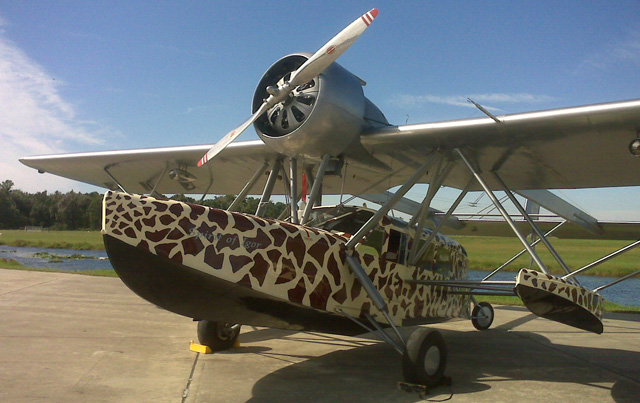
1930 Sikorsky S-39
This remarkable and eye-catching Sikorsky S-39 represents one of the 21 aircraft of this type built by Igor Sikorsky in 1930-1931; however, this is the only airworthy example of the type and is the oldest…
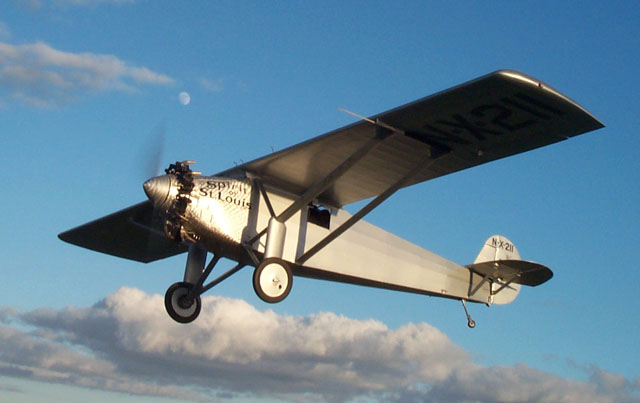
1927 Spirit of St. Louis
This aircraft is a replica of the Ryan NYP that Charles Lindbergh flew from New York to Paris. When Lindbergh went on a search for someone to build an airplane to compete for the $25,000 Orteig Prize, he settled on the Ryan Aircraft Company in San Diego, California.
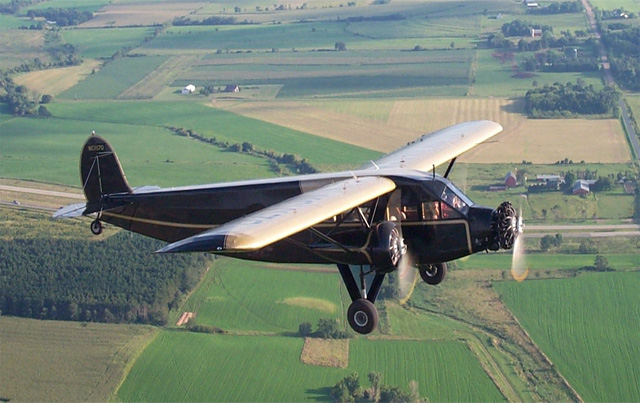
1931 Stinson Tri-Motor
The idea for the Stinson Airliner originated from the mind of financier E. L. Cord, who owned the Auburn Cord Duesenberg automobile company.
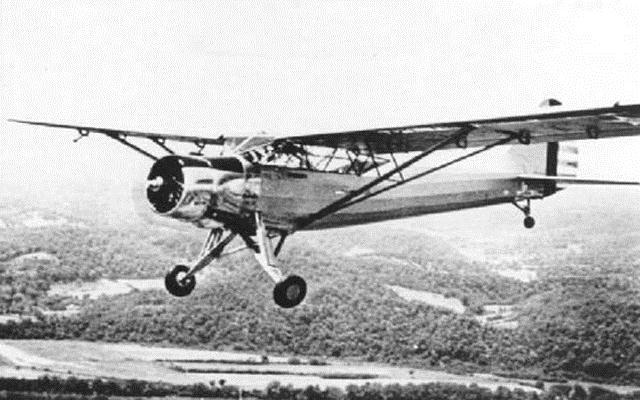
1941 Stinson Vultee L-1E
The Stinson L-1 Vigilant was a liaison aircraft from WWII. Equipped with full-span automatic slats on the leading edge of the wings and pilot-operated slotted flaps on the trailing edge, Vigilants were well suited for operations from short fields.
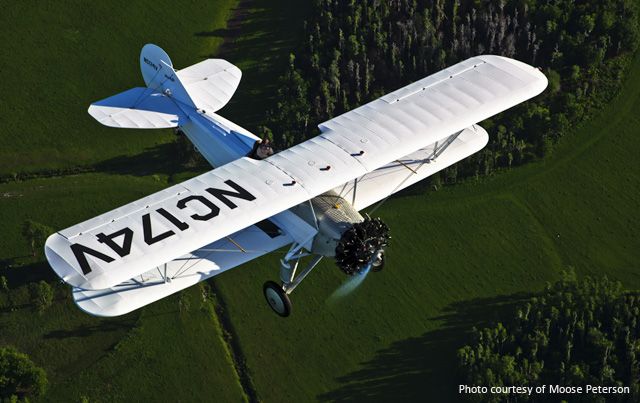
1929 Travel Air 4000
In 1924, Lloyd Stearman, Clyde Cessna, and Walter Beech formed the Travel Air Manufacturing Company in Wichita, Kansas. Their first effort was the Travel Air 1000, which was designed along the lines of the famous Curtiss Jenny.